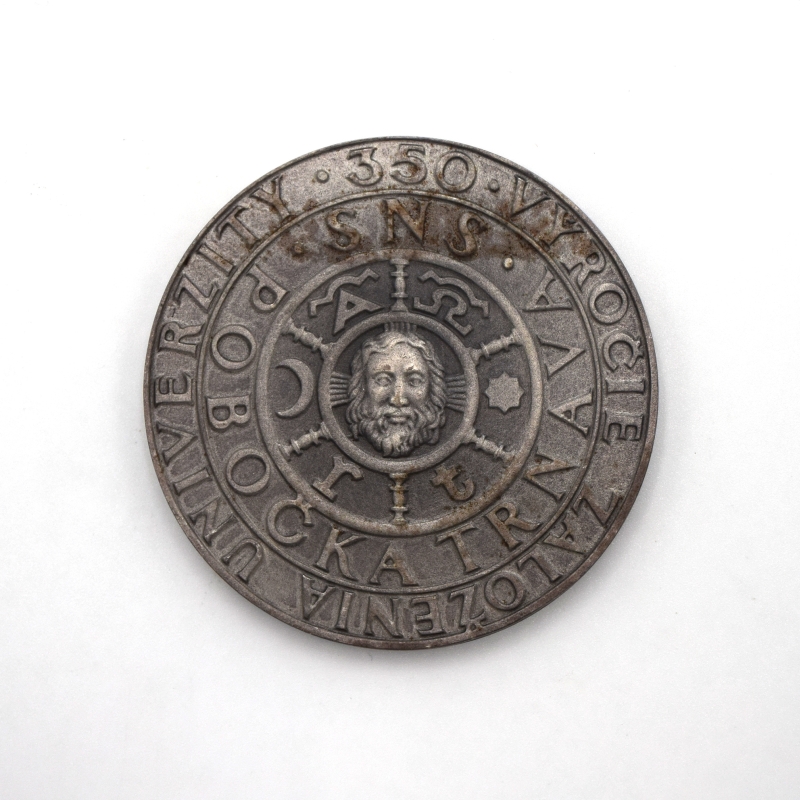The National Széchényi Library (NSZL) and Eötvös Loránd University (ELTE) have agreed that NSZL will digitize almost 200,000 ELTE paper-based doctoral dissertations and theses by 2027. The documents were signed by Dávid Rózsa, Director General of NSZL, László Borhy, Rector of ELTE, and Ernő Kulcsár Szabó Annamária Gombos, Director General of ELTE University Library and Archives at the Rector's Office of the University.
The aim of the cooperation is to make documents accessible to university citizens in a modern, digital format, thus supporting future AI-based innovations and analyses.
ELTE, Hungary largest university, preserves outstanding intellectual and data assets, including the approximately 186,000 paper-based doctoral dissertations and theses that NSZL submits into digital form after a health check.
This is the largest digitisation agreement in NSZL's history, as a result of which more than ten million pages of documents will be searchable by 2027, Dávid Rózsa said after the signing. According to László Borhy, Eötvös Loránd University has an enormous intellectual product output, and thanks to the agreement, this knowledge will finally become accessible and researchable in a worthy way.
One of the pillars of NSZL's online content service is Central Europe's largest and most significant digitization centre, which enables operational, mass and full-scale digitisation. The capacity of the equipment fleet of the thousand-square-meter center exceeded 13 million exposed pages per year last year. It is extremely important for the national library to put its digitizing capacities at the service of public benefit projects. Through the cooperation, ELTE students and researchers have access to the institution's rich knowledge base in a modern form, thus supporting scientific research and innovative technological developments.
Source: NSZL

Source/author of illustration:
Országos Széchényi Könyvtár


